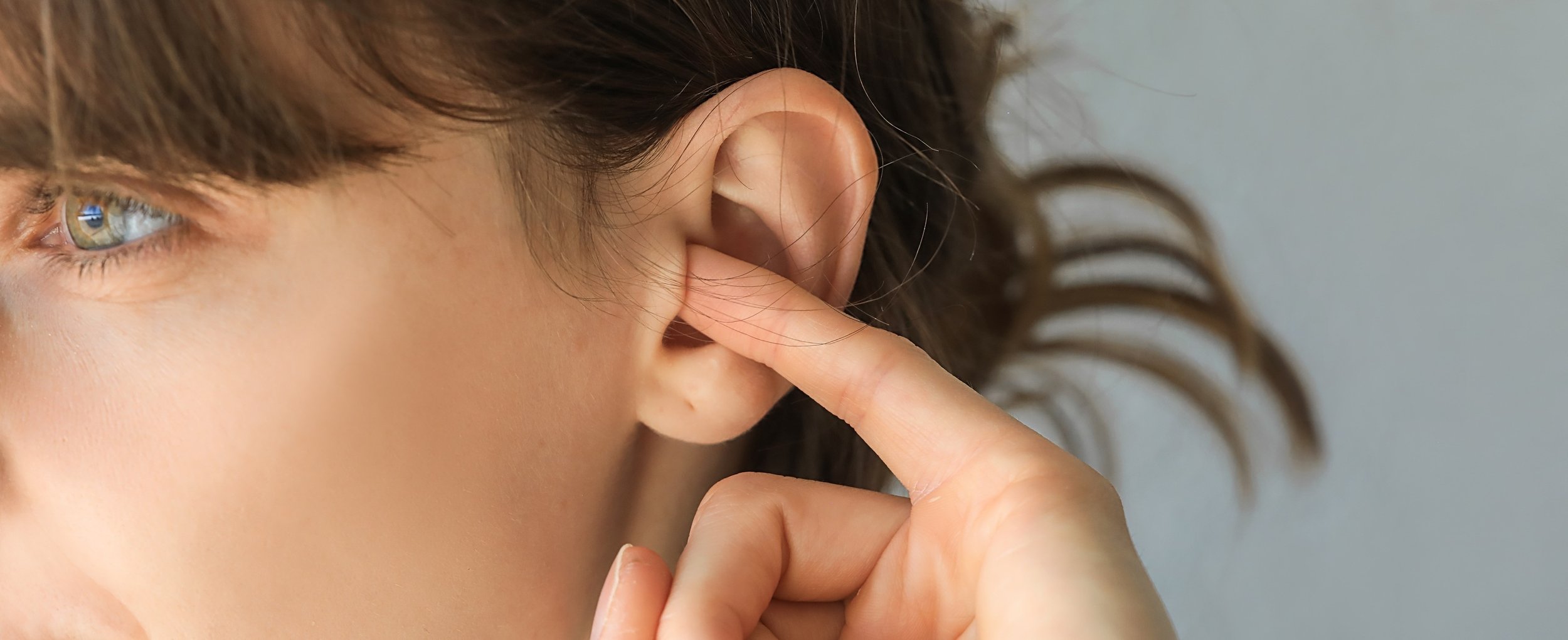Ear Wax Removal: Preparation, Removal & Aftercare
Never insert anything into the ear canal like cotton swabs or hair pins at any point before or after wax removal, this pushes the wax further down the ear canal and only makes it harder to remove.
Preperation
Most of the time, we can remove the wax in one appointment. However, if the ear has not been treated with oil or the wax is compacted or particularly hard in consistency – then it may take 2 or 3 appointments to remove all the wax. Therefore, we do advise pre-treatment of wax at home prior to your appointment.
It is recommended that the wax is softened prior to appointments using olive oil drops or spray, twice a day in each affected ear at least 3 days prior to the appointment. We do not recommend the use of Otex, as this can make the wax sticky and spread around the ear canal area (and therefore does not come out so easily). It is best to lie down while applying the olive oil drops or spray and to stay in position for 5 minutes – to allow the oil to sink into the wax all the way down the ear canal.
For more information on the best and worst ways of ear cleaning and preparing for your wax removal appointment, check out this article by ENT surgeon Gabriel Weston Whats the best way to clean out my ears
Removal
There are a 3 different ways in which a specialist can remove wax from your ears. Manual, Microsuction and Irrigation. When you have ear wax removal at Tracy James Hearing the audiologist will choose the most appropriate method for you. To ascertain this, we will obtain a detailed history and carry out an examination of the ear. For all procedures we use binocular magnification of the outer ear.
Manual Removal
Manual methods can be used with an instrument called a jobson horne (which is a bit like a miniature spoon or loop). It involves placing the jobsorn horne into the ear and scooping or lifting the wax out by hand. This is the safest method of wax removal as it does not require any water or pressure change in the ear canal. For this reason, it can be particularly good for children or adults that have sensitive ears, tinnitus or who have had previous surgery.
Microsuction
Microsuction is required when the wax is too far down the ear canal to remove manually. A gentle suction is used to move the wax out. Microsuction is sometimes not possible when the ear has narrow sections, or dips and valleys or protusions into the canal. It is sometimes not possible when the wax is too sticky or spread out against the ear canal wall. Microsuction is not suitable for people who have tinnitus that is aggravated by noise.
Irrigation
Irrigation can be used when microsuction is not possible, or if preferred. A gentle flow of water (at body temperature) is applied to the ear canal and flushes the water out. Irrigation is not suitable for those with perforated eardrums or for those who have had previous surgery on the ears.
Your wax removal appointment with us will take approximately 30-45 minutes. See our prices list for more information.
We have provided the following wax removal video links for your information: Manual removal Microsuction Irrigation
Aftercare
Avoid getting water in your ears for 24-48 hours after the procedure.
Some people feel that their hearing is muffled or blocked after wax removal; others may hear crackling, experience dizziness or imbalance or increased sensitivity of the ear or hearing. Whilst not everyone experiences these issues, they are not unusual and should settle in 24-48 hrs.
Ideally, refrain from any activity that produces lots of sweat for 1-2 days following wax removal. This helps prevent complications caused by sweat or water getting into your ear.
Tinnitus is sometimes louder after a wax removal, but this should settle between a few hours or a few days after the procedure.
Avoid using in-ear headphones, hearing aids or earbuds for a few days as this prevents irritation. If you need to wear your hearing aids, ensure you clean them with an antibacterial wipe before you put them into your ears.
If you notice any of the following in your ear: pain, redness, swelling, discharge with a strong odour, or fever - this may indicate an ear infection; contact your GP straight away and inform Tracy James Hearing.
Use 2-3 drops or sprays of olive oil twice a day for 3 days prior to your next wax appointment (we don’t recommend the use of otex)

